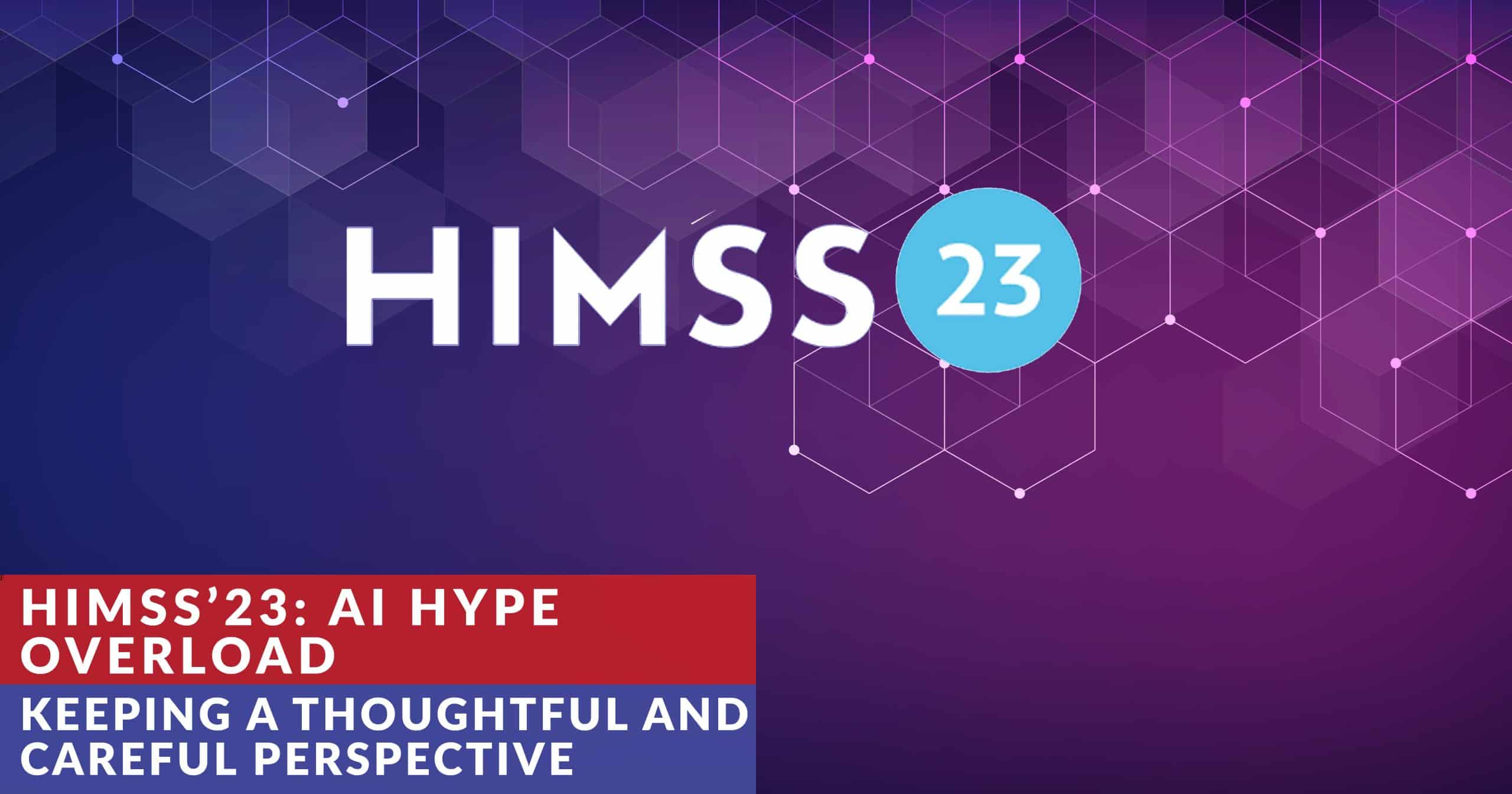Primary Care Providers’ Views of Recent Trends in Health Care Delivery and Payment
Jamie Ryan, et al for The Commonwealth Fund
“Commonwealth Fund’s annual survey of PCPs turns up some surprising and not to surprising results. Satisfaction with IT is improving modestly but the burden of quality reporting and financial penalties is taking its toll with a significant percentage considering early retirement.” – John
No, Giving More People Health Insurance Doesn’t Save Money
Sabriya Rice for The New York Times
“The question: Will insurance expansion save money? The answer: No – giving people better access to care means that they’re likely to use more of it. Peeling back the onion, this disconnect between purported policy goals and financial results that are unfolding can be found in other areas. A big one is the impact that consumer-driven health is having on actual utilization: people are putting off necessary care because it costs them too much. More broadly, this article explores some of the economics behind the prevention vs. cure myth and some important ramifications for the industry.” – Naveen
Is Obamacare’s Research Institute Worth The Billions?
Fred Schulte for NPR Shots
“The Patient Centered Outcomes Research Institute created by the Affordable Care Act expects to spend $3.5 billion on research before it dissolves in 2020. Much of the research has focused on worthwhile topics, such as the right dose of aspirin for preventing heart attacks without also suffering internal bleeding, but spending on what amounts to public relation gestures or “engagement awards” to lobbying groups, however small, have drawn the ire of those on both sides of the political aisle.” – Brian E.
More than $38 million awarded to improve coordinated health information sharing in communities across America
HHS Press Release
“While this may be a case of good money following bad, states are still interested in making their HIE infrastructure work more effectively. ONC announce a new round of modest funding for 12 states last week. The economics of these interconnect markets are just different than in telecommunications and banking where participation is not optional. Until HCOs are compelled to participate, these exchanges will struggle.” – Brian M.
‘Stay Far, Far Away’ and Other Things Gleaned From Yelp Health Reviews
Charles Ornstein for ProPublica
“An interesting project unfolding here as part of a new partnership between ProPublica and Yelp, through which consumers on Yelp will have access to more objective data about healthcare delivery. While this article does not go into great detail about that portion of the work, it does show how the healthcare industry can glean many insights from how consumers rate various providers of healthcare services. Also worth noting is how much providers and groups like the AMA resist transparency and consumer-centeredness when it comes to specific efforts like this one, even while they continue to pay lip service to it elsewhere.” – Naveen
Telephone Therapy Helps Older People In Underserved Rural Areas, Study Finds
Lisa Gillespie for Kaiser Health News
“A study published in JAMA Psychiatry shows that telephone therapy can help senior citizens who suffer from a chronic condition and the generalized anxiety that can accompany it. This type of therapy can even work as a substitute for drug therapy. There’s only one problem: Medicare sees it at a form of telemedicine, and its corresponding strict rules for eligibility and reimbursement mean that few seniors can receive the telephone therapy and few psychiatrists can get reimbursed for providing it.” – Brian E.
Most hospitals face 30-day readmissions penalty in fiscal 2016
Sabriya Rice for Modern Healthcare
“Almost every vendor we talk to has a readmissions reduction solution. Most hospitals have been dinged and the number hospitals seeing reimbursement reductions is increasing. CMS is not making it easy, adding new conditions — COPD and knee and hip replacement. Readmissions reduction solutions are supposed to let the hospital see the problem coming. The hard part is the actual clinical work involved in heading off the problem.” – Brian M.
Will Arizona’s Medicaid beneficiaries use smartphone apps?
Jonah Comstock for MobiHealthNews
“Arizona Governor Doug Ducey wants his state’s Medicaid program to make better use of technology with a variety of smartphone apps and texting services that will make healthcare services more readily available to beneficiaries. The notion has good intentions, but it suffers from the fact that lower-income Americans are less likely than the general population to own smartphones–and it points to the possibility that the gulf between haves and have-nots can only get wider.” – Brian E.




0 Comments